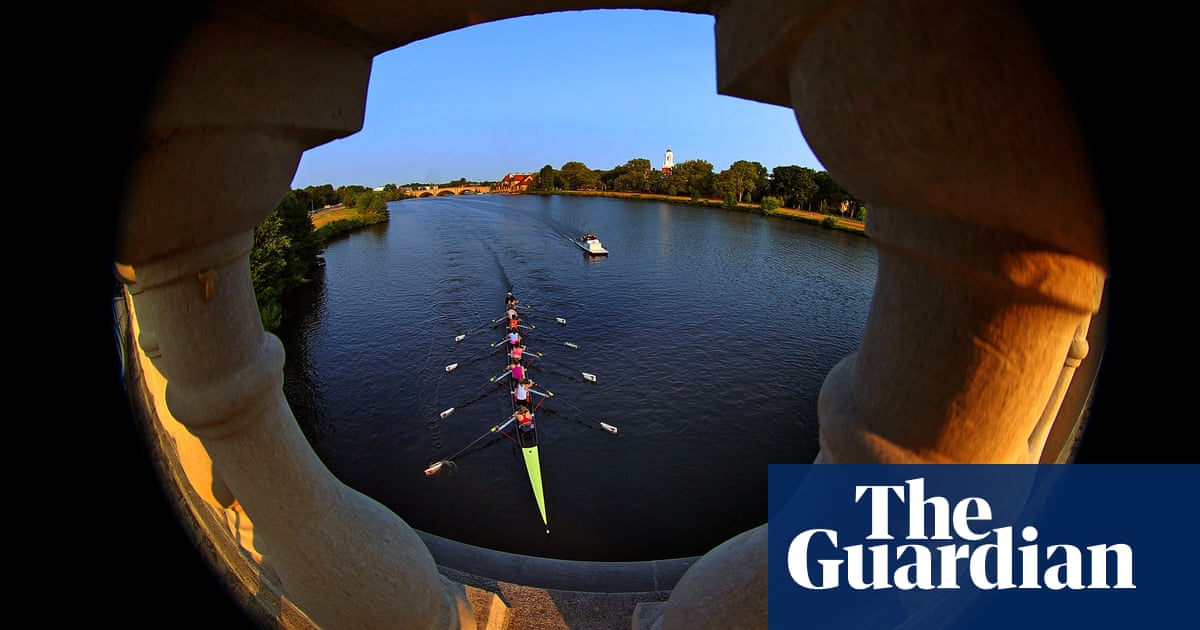Whichever art historian first had the chance to leaf through Paule Vézelay’s personal archive after her passing in 1984 must have audibly squealed. The archive revealed that Vézelay, the British abstract painter who changed her name from Marjorie Watson-Williams shortly after moving to Paris in 1926, was on “chère amie” terms with Joan Miró, Alexander Calder and the Kandinskys. Ernest Hemingway addresses her as “Dear Madame Vézelay”, Alberto Giacometti simply as “Paule”. Henri Matisse regretfully declines her invitation to take part in a group show in London. An altogether brighter László Moholy-Nagy writes that he’s been to see her work: “I congratulate you,” he beams. “I visited your exhibition. I was delighted.”
Now the exuberant personality and the prodigiously creative output that cemented Vézelay as a 20th-century force to be reckoned with are being showcased at a new exhibition, Paule Vézelay: Living Lines, currently on view at the Royal West of England Academy (RWA) in Bristol.
Vézelay was born in the Clifton area of the city in 1892. Her mother was related to the founder of the Quakers and her father was a prominent ear, nose and throat specialist, who, curator Simon Grant tells me, “illustrated his own book. And I think [his daughter] helped him.” Vézelay was sporty, beautiful and entirely undaunted. She left London’s Slade School of Fine Art just a few classes in when she was treated like a beginner, then left the UK for France when a suitor got too clingy. And she changed her name while she was living in Paris because she wanted to be international and English art bored her.
“Paris in the 1920s was the centre of ideas and liberation,” says Grant. “Vézelay had this vision of herself within that environment, and she made it on her own, without any help. She kept pushing the boundaries of her work. That takes a staggering amount of self-discipline and self-belief. And she talks about it: about the joy of being an artist.”
The RWA show strings together works from every decade of this long artistic life. Early figuration in etching and watercolour is followed by loping, organic forays into abstraction. Dance, movement and experimentation are never far removed. In 1936, she crisscrosses lengths of fishing wire between the edges of a frame for her first Lines in Space piece, and when these are shown at the Galerie Jeanne Bucher in Paris, everyone who is anyone comes to the opening: Mondrian, Miro, and Kandinsky, who starts recommending her for various exhibitions around Europe. “She must have thought: ‘Finally, I’ve made it, big time!’” says Grant, “and then the war broke out a few months later. She had to return to the UK, which must have been very frustrating because she’d been away for 20 years.”
The slim catalogue to a 1983 Tate retrospective notes that in surviving the first world war, Vézelay, then a student at the London School of Art, was more fortunate than her male peers, who had to sign up and were almost all killed. When the military authorities refused her permission to draw bomb damage in Bristol during the second world war, she went to get a permit from the man in charge of the War Artists’ Advisory Committee, Kenneth Clark himself. She also set up Bristol’s women’s defence corps, “because,” she raged, “what are women going to do in the war? What’s our contribution going to be?”
In the months before she died, she was interviewed by Germaine Greer for a Women of Our Century documentary. “Vézelay’s work is her life,” Greer said, “and she keeps it about her as a living oyster keeps its pearl.”
Creative output: four works by Paule Vézelay

Bristol Hippodrome, 1918-19
Vézelay started out wanting to be a lighting designer and, in an early letter, writes to the head of the Bristol theatre to ask for a job. “She carries on being fascinated by theatre and the energy in the crowds,” says Grant. “That fascination with light and shadow goes right through her work to the very end.”

The Bathers, 1923
Before she settled in Paris, Vézelay spent time in the south of France with the British dancer Margaret Morris and her troupe. “She met Picasso on a beach, because he was friends with Morris’s husband, the Scottish painter John Duncan Fergusson.”
after newsletter promotion

Construction. Grey Lines on Pink Ground, 1938
Vézelay met the artist Sophie Taeuber-Arp and her husband, Jean Arp, in 1933 and remained very close. In its echo of Taeuber-Arp’s Equilibrium series, this abstract work shows, Grant says, “a mutual exchange of ideas and connection.”

Lines in Space No 51, 1965
This series expanded from single threads in space to cutout bas-relief shapes. “There are hundreds of hand-coloured paper cutouts in her archives, some of which would become the beginnings of her textile designs.”
Paysage, 1946 (main image)
After the war, Vézelay was desperate to get back to Paris but could not afford to. Instead, she moved to Barnes and started planning a garden, “which was more than a garden,” says Grant. “It was one of her great works.” As in her painting, she was working with colour and line and space.

 3 months ago
56
3 months ago
56

















































